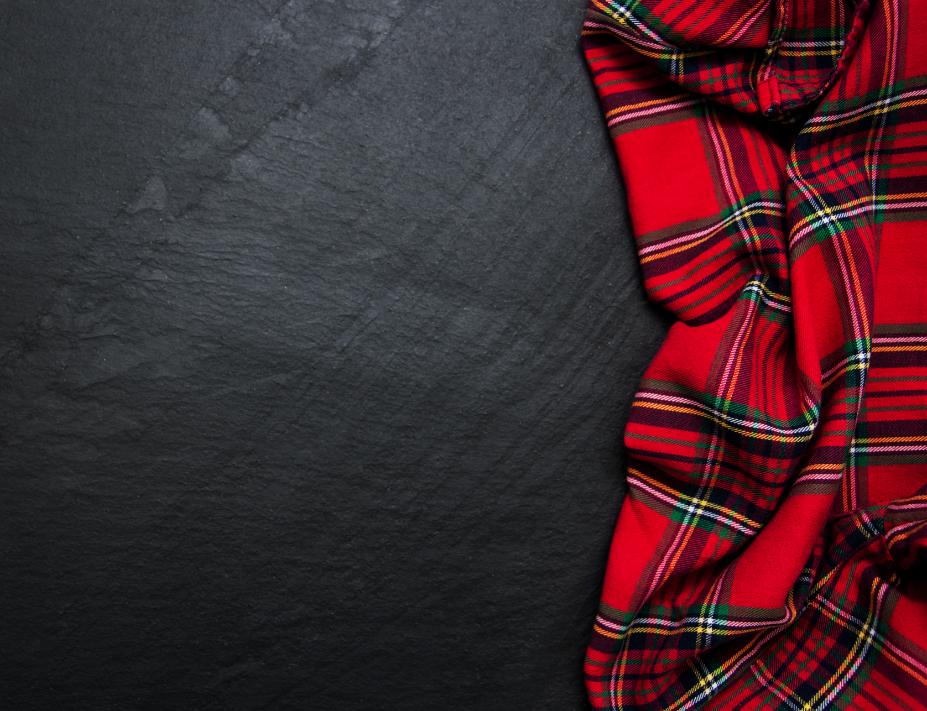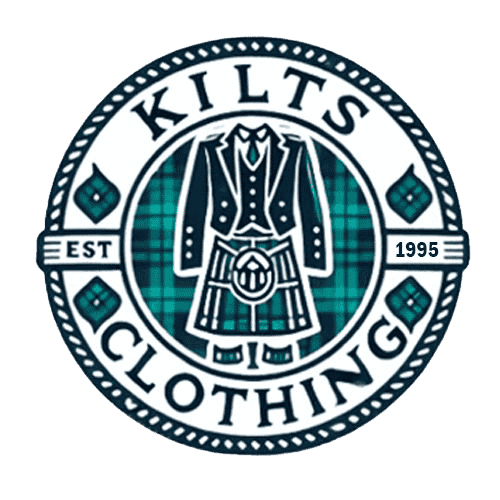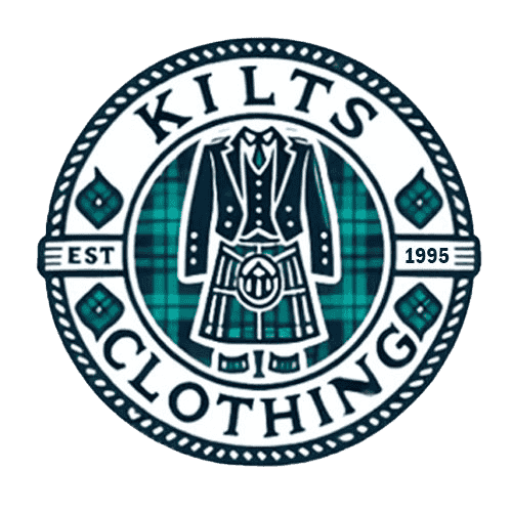- Mens Utility Kilt Collection
- Tartan Kilts Collection
- Best Hybrid Kilt Collection
- Leather Kilts
- Denim Kilts Womens
- Casual Kilt
- Formal Kilt
- Irish Kilt
- Kilt Vest
- Scottish Kilt
- Sport Kilts for Men – Durable & Comfortable
- Tactical Kilt – Durable Multicam Kilt for Men
- Wedding Kilt
- Firefighter Kilt
- Flag Kilts
- Military Kilt
How Kilts are Becoming a Staple in Sustainable Men’s Fashion
On January 7, 2025
Comments Off on How Kilts are Becoming a Staple in Sustainable Men’s Fashion

Sustainability has become a driving force in the fashion industry as consumers increasingly prioritize eco-friendly and ethical practices. While kilts have long been a symbol of heritage and tradition, they are now finding a place in the sustainable men’s fashion movement. With their durable design, timeless appeal, and use of natural materials, kilts are becoming a staple for eco-conscious wardrobes. In this blog, we’ll explore how kilts blend tradition with sustainability, supporting a greener future for men’s kilt fashion.
The Connection Between Kilts and Sustainability
- Kilts as a Long-Lasting Garment
Kilts are renowned for their durability, often lasting for decades when properly cared for. Unlike fast-fashion items that wear out quickly, kilts are made with high-quality fabrics and craftsmanship, reducing the need for frequent replacements. This longevity makes kilts an excellent choice for those seeking to minimize waste and embrace sustainable fashion.
- Timeless Style
Kilts transcend fleeting fashion trends. Their classic design has remained consistent for centuries, making them versatile pieces that never go out of style. By investing in a kilt, wearers can avoid the waste associated with fast-fashion cycles.
- Minimal Environmental Impact
Historically, mens kilt fashion were made from natural materials like wool, which is biodegradable and renewable. The production of traditional fabrics like tartan wool had a much lower environmental impact compared to synthetic, mass-produced garments.
Sustainable Fabrics Used in Modern Kilts
- Organic Materials
Modern kilts are increasingly being made from organic cotton and hemp. These materials are grown without harmful pesticides or chemicals, promoting biodiversity and reducing soil degradation. Organic fabrics also decompose naturally, leaving a smaller environmental footprint.
- Recycled Materials
Recycled wool and synthetic fibers are gaining popularity in kilt production. These fabrics give new life to old textiles, reducing landfill waste and conserving resources. Kilts made from recycled materials maintain the traditional tartan aesthetic while supporting circular fashion.
- Eco-Friendly Dyes
Many kilt manufacturers are turning to natural dyes derived from plants and minerals to reduce water pollution. These dyes eliminate the toxic runoff caused by synthetic coloring agents.
How Kilts Support Ethical Fashion Practices
- Fair Trade and Local Craftsmanship
Many kilt makers prioritize ethical practices, ensuring fair wages and safe working conditions for their artisans. This ethical production process contributes to the sustainability of the fashion industry while preserving traditional skills.
- Promoting Slow Fashion
Kilts aligns with the principles of slow fashion, emphasizing quality over quantity. Unlike disposable clothing, kilts are designed to last for years, reducing the environmental impact of overproduction and overconsumption.
- Supporting Local Communities
Traditional kilt-making supports local economies, particularly in Scotland and Ireland. By purchasing kilts from small-scale manufacturers, consumers contribute to the preservation of cultural heritage and sustainable livelihoods.
Benefits of Choosing Sustainable Kilts
- Reducing Environmental Footprint
Kilts made from eco-friendly materials and ethical processes have a significantly smaller environmental impact than fast-fashion items. By opting for sustainable kilts, consumers help conserve resources and reduce waste.
- Investing in Quality
Sustainable kilts are an investment in quality. Their durability and timeless appeal make them a versatile addition to any wardrobe, suitable for both formal and casual occasions.
- Making a Fashion Statement
Wearing a sustainable kilt showcases individual style and demonstrates a commitment to eco-conscious living. Sustainable fashion is a growing trend, and kilts are at the forefront of this movement.
Tips for Incorporating Sustainable Kilts into Your Wardrobe
- Pair with Eco-Friendly Pieces: To create a fully sustainable outfit, combine your kilt with organic shirts, jackets made from recycled materials, or vegan footwear.
- Choose Versatile Patterns: Opt for classic tartan designs that work for multiple occasions, from formal events to casual outings.
- Support Ethical Brands: Purchase kilts from manufacturers that prioritize sustainability and ethical practices, ensuring your choices align with your values.
The Future of Kilts in Sustainable Fashion
The future of kilts lies in innovation and sustainability. Advancements in smart textiles, such as temperature-regulating and moisture-wicking fabrics, promise to make kilts even more practical and eco-friendly. Additionally, as consumer demand for sustainable fashion grows, kilts made from biodegradable and recycled materials will become increasingly popular. These trends position kilts as a key player in the global shift toward ethical and sustainable men’s in kilt fashion.
Conclusion
Kilts are more than just a symbol of tradition; they are becoming a cornerstone of sustainable men’s fashion. With their long-lasting design, use of eco-friendly materials, and support for ethical practices, kilts represent the perfect balance of style and sustainability. Whether you’re drawn to their cultural significance or their environmental benefits, kilts offer a timeless and conscious choice for the modern wardrobe.
By embracing sustainable kilts, you’re not just making a fashion statement—you’re contributing to a greener, more ethical future for the fashion industry.
FAQ’s
- Why are kilts considered sustainable fashion?
Kilts are sustainable due to their long-lasting design, use of eco-friendly materials like organic cotton and recycled wool, and support for ethical craftsmanship practices.
- What fabrics are used in sustainable kilts?
Sustainable kilts are often made from organic cotton, hemp, recycled wool, and eco-friendly synthetic blends. These materials reduce environmental impact and promote responsible production.
- How do kilts support slow fashion?
Kilts are durable, timeless, and made to last for years, reducing the need for frequent replacements. It aligns with slow fashion principles, focusing on quality over quantity.
- Are kilts made with sustainable dyes?
Yes, many modern kilt manufacturers use natural, eco-friendly dyes to minimize water pollution and environmental harm during production.
- How can I incorporate sustainable kilts into my wardrobe?
You can pair sustainable kilts with other eco-friendly clothing, choose versatile tartan patterns for different occasions, and buy from brands that prioritize ethical and sustainable practices.


